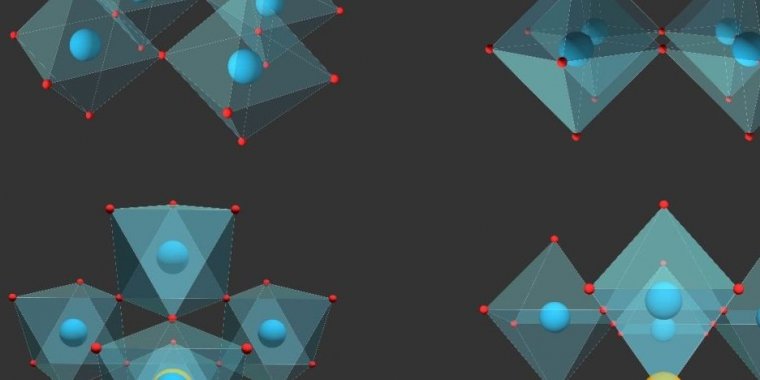| News / Tech News |
Quantum 'shock absorbers' allow perovskite to exhibit superfluorescence at room temperature
Picture a school of fish swimming in unison or the synchronized flashing of fireflies — examples of collective behavior in nature.

Understanding quantum "shock absorbers" could lead to quantum devices that do not need cooling to operate. Photo: Shutterstock/Niethammer Zoltan
When similar collective behavior happens in the quantum world, it leads to processes such as superconductivity, superfluidity and superfluorescence. In all these processes, a group of quantum particles forms a coherent system that acts like a giant quantum particle.
Superfluorescence normally requires very low temperatures. Semiconducting perovskites that exhibit superfluorescence at room temperature do so because of built-in thermal "shock absorbers" that protect the material.
A new study from North Carolina State University explores that mechanism and explains how and why materials like perovskites exhibit macroscopic quantum coherence at room temperatures.
Superfluorescence is a quantum phase transition in which tiny light-emitting units known as dipoles form a giant quantum dipole and simultaneously radiate a burst of photons.
Similar to superconductivity and superfluidity, superfluorescence normally requires cryogenic temperatures because the dipoles move out of phase too quickly to form a coherent state.
Now, a team led by Kenan Gundogdu, a physicist at NC State and corresponding author of the paper, observed superfluorescence at room temperature in hybrid perovskites.
"Our initial observations indicated that something was protecting these atoms from thermal disturbances at higher temperatures," Gundogdu says.
The team analyzed the structure and optical properties of a common lead-halide hybrid perovskite. The researchers noticed the formation of polarons in these materials — quasiparticles made of bound lattice motion and electrons. Lattice motion refers to a group of atoms that are collectively oscillating. When an electron binds to these oscillating atoms, a polaron forms.
"Our analysis showed that formation of large polarons creates a thermal vibrational noise filter mechanism that we call 'Quantum Analog of Vibration Isolation,' or QAVI," Gundogdu says.
According to Franky So, a materials scientist and engineer at NC State, "In layman's terms, QAVI is a shock absorber. Once the dipoles are protected by the shock absorbers, they can synchronize and exhibit superfluorescence." So is a co-author of the paper.
According to the researchers, QAVI is an intrinsic property that exists in certain materials, for example hybrid perovskites. Understanding how this mechanism works could lead to quantum devices that operate at room temperature.
"Understanding this mechanism not only solves a major physics puzzle, it may help us identify, select and tailor materials with properties that allow extended quantum coherence and macroscopic quantum phase transitions," Gundogdu says. (U.S. National Science Foundation)
YOU MAY ALSO LIKE





